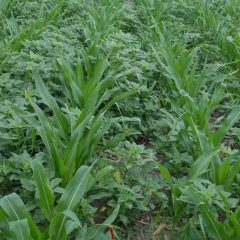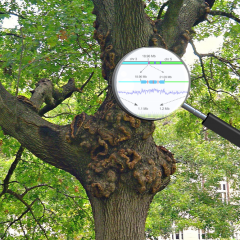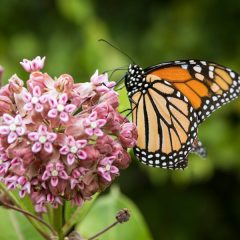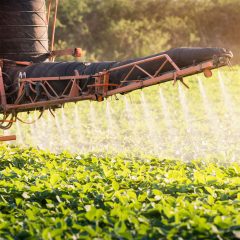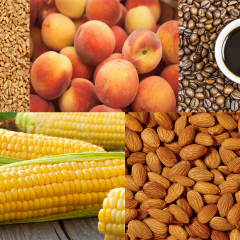Search results for “corn”:
Three new Xtend-dicamba related items have been posted recently on Hygeia. Collectively they frame what is to come as farmers and herbicide applicators begin the 2019 herbicide spray season. In a fact-filled piece in DTN, Emily Unglesbee traces the march of glyphosate-resistant Palmer amaranth across the southeast, and then to the north and west. This […]
Read More, References, Comment »
DTN staff reporter Emily Unglesbee has ably covered the dicamba-drift crisis over the past couple of years. Her latest is a detailed, three-part series on Palmer amaranth, “possibly the most aggressive weed American farmers have ever faced” (Unglesbee, 2019a). Palmer amaranth is so scary because of its “spectacular reproductive abilities” and it’s extreme adaptability. This […]
Read More, References, Comment »
Phosphorous is a key nutrient promoting plant growth, and a standard ingredient in many fertilizer blends. But if too much phosphorous ends up in the region’s watershed, it can wreck havoc on wetlands, streams, and lakes, causing harmful algae blooms (like the extreme cyanobacteria algae blooms in Lake Erie last year) and depletion of dissolved […]
Read More, References, Comment »
A research team led by scientists with the Salk Institute for Biological Studies in California have applied the latest gene sequencing and mapping technology to take a closer look at the unintended consequences of the method most commonly used to create genetically engineered plants, including today’s herbicide-resistant varieties of corn, soybeans, sugarbeets, and cotton, as […]
Read More, References, Comment »
Introduction Three Major Actions The Food Quality Protection Act (FQPA) Glyphosate/Roundup Case Study The Lowdown on Roundup Changes Over Time Does Glyphosate/Roundup Cause Cancer IARC vs. EPA Genotoxicity Paper Introduction Pesticide regulators strive to prevent “unreasonable adverse effects on man and the environment,” the basic standard embedded in the FIFRA statute (the Federal Insecticide, Fungicide, […]
Troubling and significant declines in monarch butterfly populations in Florida have occured over the last 30+years, according to a research team from the McGuire Center for Lepidoptera and Biodiversity, part of the Florida Museum of Natural History. A paper by the FLA team was published this summer in the Journal of Natural History, and reports […]
Read More, References, Comment »
Much will be said about the EPA’s October 31, 2018 decision to extend for two more years the conditional registration of the three dicamba-based herbicides registered for post-emergence, “over the top” (OTT) applications on soybeans and cotton. The basics of the EPA’s decision are simple and not entirely meaningless in terms of reducing the extent […]
Read More, References, Comment »
Note to Readers: Steve Smith, Chairman and founder of the Save Our Crops Coalition and R+D Director of Red Gold (a major midwest tomato processor), has been actively engaged in the evolution and approval of dicamba-resistant crops. He has raised concern — and more recently alarm — over the damage done to non-target crops, trees, […]
Read More, References, Comment »
Agriculture is the largest sector within the Brazilian economy, and the tropical nation is now the largest pesticide consumer worldwide. Research recently published in the peer-reviewed journal Chemosphere explores whether rising pesticide use is driving dramatic, recent increases in the rate of colon cancer cases in many parts of Brazil. This epidemiology study used pesticide use databases […]
Read More, References, Comment »
Climate change is a looming threat for all farmers, but some crops in particular are “in the crosshairs” of this global environmental crisis. NPR reports in their “The Salt” food and farming series that five crops in particular may face the biggest challenges. They highlight wheat, peaches, coffee, corn, and almonds. See below for a […]
Read More, References, Comment »


